In nearly half a century of revolutionary journalism since the country's reunification, perhaps journalist Ngoc Tan is a rare person in the Northern Central Highlands journalism community who is loyal to the essay genre.
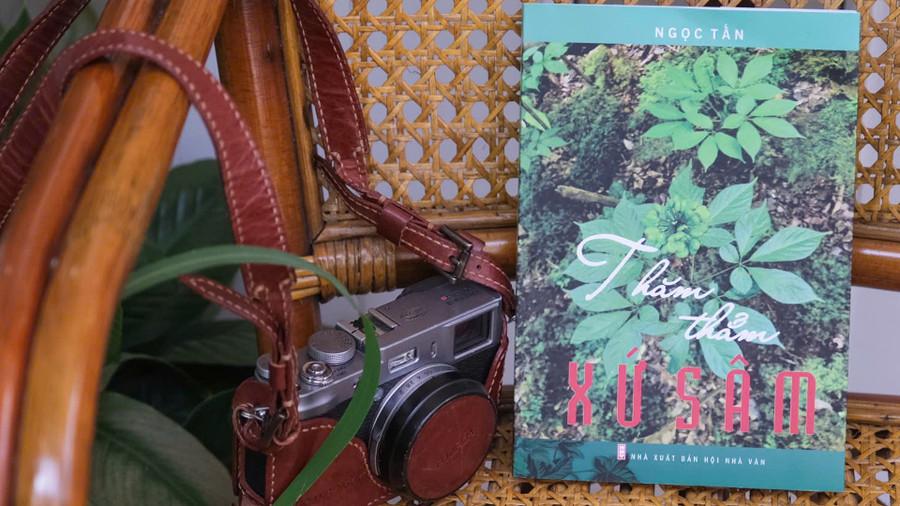
“Thầm Thâm xứ sâm” is a collection of 21 essays, most of which have been published in newspapers, including works that have won high prizes in competitions. These are also the essays he selected during his journey of more than 40 years of tireless and passionate pursuit of this genre.
The memoirs cover a wide range of topics, from war and the human condition in the post-war period (The defeated general and two "washings" in the Ia Drang valley; There was a heroic battle in the heart of the mountain town; Love affairs through the centuries; Post-war fairy tales; Sending back the forest of a girl's time...) to the hardships but full of miracles in the journey to build a new life (Journey through the hungry land; Fairytale fields; The silence of the land...).
He also vividly depicts lands and villages with cultural sediments (Nostalgia for the rice season; There was an old trade route in the Central Highlands; The old boat was quiet; Po Yau chon von; Who came back to write the history of De village; In the past, that land was an oasis...) or meaningful historical stories across time in the Tay Son Thuong Dao region (The "Khai Quoc Cong Than" tragedy of King Gia Long and the descendants of An Khe land)...
Kon Tum - a province in the Northern Central Highlands that has many similarities in cultural space with Gia Lai - is also vividly sketched by the author, even though only through a few notes ("Yang Nga" of the Ro Mam people, Bee season in the land of "nine layers of clouds", Tham tham xu ginseng).
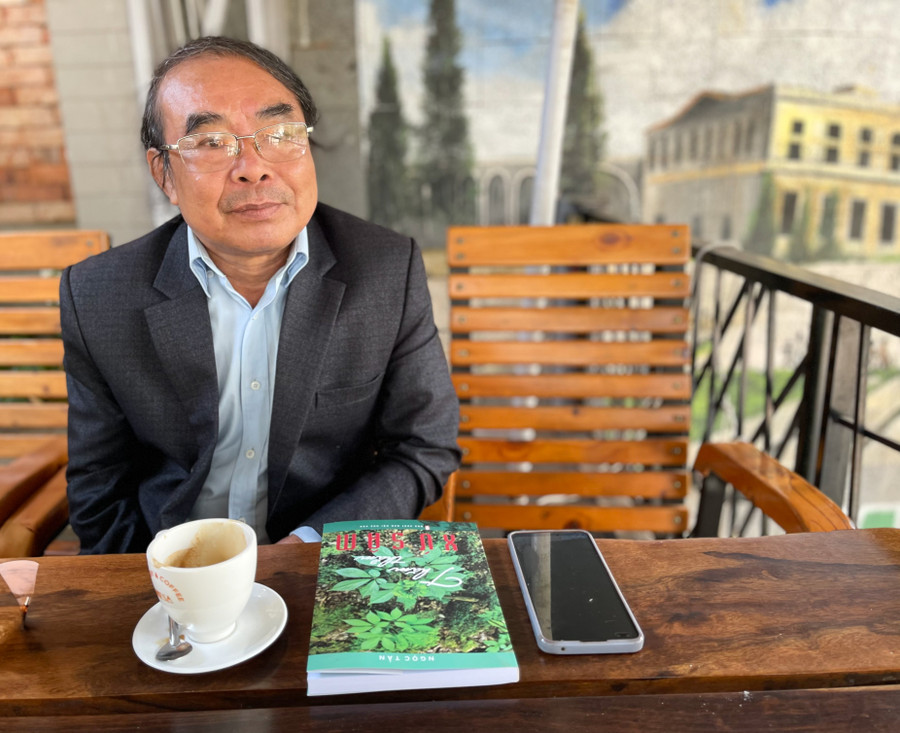
The notes in “Thâm Thâm xứ sâm” can also be considered the most condensed and most Ngoc Tan-like in this genre. Thanks to his rich life and cultural background, especially his talent and thinking of “Seeing the surface phenomena to see the sediments below”, he has conquered readers with his own way.
Journalist Ngoc Tan has a writing style that is so engaging and captivating that it is hard to put down: “I still have an impression of the upland rice season when I first set foot in the Central Highlands. In the middle of the vast forest, patches of ripe rice undulate on the green slopes. In the very thin sunlight of the newly begun dry season, it feels like strips of gold have been spread out halfway up the slope” (Nostalgia for the upland rice season); “The first moon of the month looks like a piece of eggplant that someone has bitten off and thrown up at the end of the forest, but the space is still hot and stuffy” (Suddenly Missing the Village).
His ending is not exactly the end, but opens up thoughts and concerns: "When will Ngoc Linh ginseng become a dignified brand on the market instead of asking to buy hidden medicine like today? When will Tu Mo Rong become a true medicinal area so that people can end poverty?" (Deep in the land of ginseng). Or sometimes it is his contemplation on life, on human fate that he draws from his deepest concerns and empathy: "In life, if we just stand in our own position, perhaps we will never understand the happiness of others" (Post-war fairy tales).
Along with the reality of going to places and using selective language, the details in journalist Ngoc Tan's memoirs are always vivid, full of the breath of life. The lands he "dug up" are true to their own characteristics: "Just halfway up Mang Roi, I felt the weather change seasons. The concentrated sunlight on this side of the pass gradually faded and then diluted in the smoke-colored clouds hovering over the high mountain ranges... The cold air split along the mountain streams, hitting my face, numbing as if someone had thrown a handful of sharp needles. The mountains and forests gradually turned numb with the color of winter" (Deep in the ginseng land); makes an unforgettable impression on anyone who has read it once: “In the pale purple mist, the Kon Pne River is like a mottled lake between the four walls of the mountain” (In the past, that land was an oasis) or: “The jagged, towering mountains, encircling the undulating valley with a few hills dotted with green patches, look like patches on a shirt about to burst. A strip of land juts down from the mountainside in the shape of a truncated dike. Clinging to its side are precarious roofs that look like strange clusters of mushrooms” (Po Yau Chon Von)...
The lands and special villages that have left their footprints on the author are no longer his own memories, but have become memories in the minds of many people. Recently, when the peak of Po Yau (Lo Pang commune, Mang Yang district) became a beautiful running route in the mountains and forests, people will find it difficult to imagine the "choosiness" of Po Yau in the past if they do not read the vivid writings as if they were climbing the mountain with the author: "From afar, we could see its green peak floating among the silver-white clouds. The road that was just within our feet twisted and weaved through rocks as big as buildings. We sat precariously on the slope, feeling that if we were pushed lightly, we would roll down the cliff. There were some steep sections where the heels of the person in front seemed to be about to collide with the person behind. Our noses and mouths were racing to gasp for air, our legs felt like someone had pulled out all the tendons."
Or if you don’t read “In the past, that land was an oasis,” many people will find it hard to imagine the way back to Kon Pne before: “A fierce rainstorm at night washed away the wooden bridge across the stream… Just past the slippery slope, covered with buffalo footprints, we entered the old forest.”
If “The Last Fairyland” is a collection of portraits, “The Deepest Land of Ginseng” is a collection of articles on a variety of topics. Many of the articles were written by the journalist from Quang Binh decades ago, but the information is still current and detailed. That shows the talent of a journalist who is observant and always goes to the bottom of the problem. As he said, it is “an incomplete history book for the Gia Lai-Kon Tum region of the past”.
Before retiring, journalist Ngoc Tan worked for Gia Lai Newspaper and Nong Thon Ngay Nay Newspaper. He has won many journalism awards from the ministerial, sectoral to national journalism awards. In the essay genre, he won third prize in the essay contest of the Army Literature Magazine 2004-2005, and the award in the essay contest “My Vietnam Fatherland”, Literature Newspaper 2007-2008.
Memoirs are the genre closest to life and also the most topical, and at the same time require the writer to have a wealth of words, knowledge and profound experience. It is no coincidence that memoirs are considered a pioneering genre in both literature and journalism.
Perhaps that is why, reading “The Deep Land of Ginseng”, I suddenly have the feeling of “holding in my hand the whispering echoes of the land through the mist and smoke of the years” as the author wrote in “The Silences of the Land”.
Source: https://baogialai.com.vn/tham-tham-xu-sam-buc-tranh-da-sac-ve-bac-tay-nguyen-post316093.html


![[Photo] Comrade Khamtay Siphandone - a leader who contributed to fostering Vietnam-Laos relations](https://vstatic.vietnam.vn/vietnam/resource/IMAGE/2025/4/3/3d83ed2d26e2426fabd41862661dfff2)

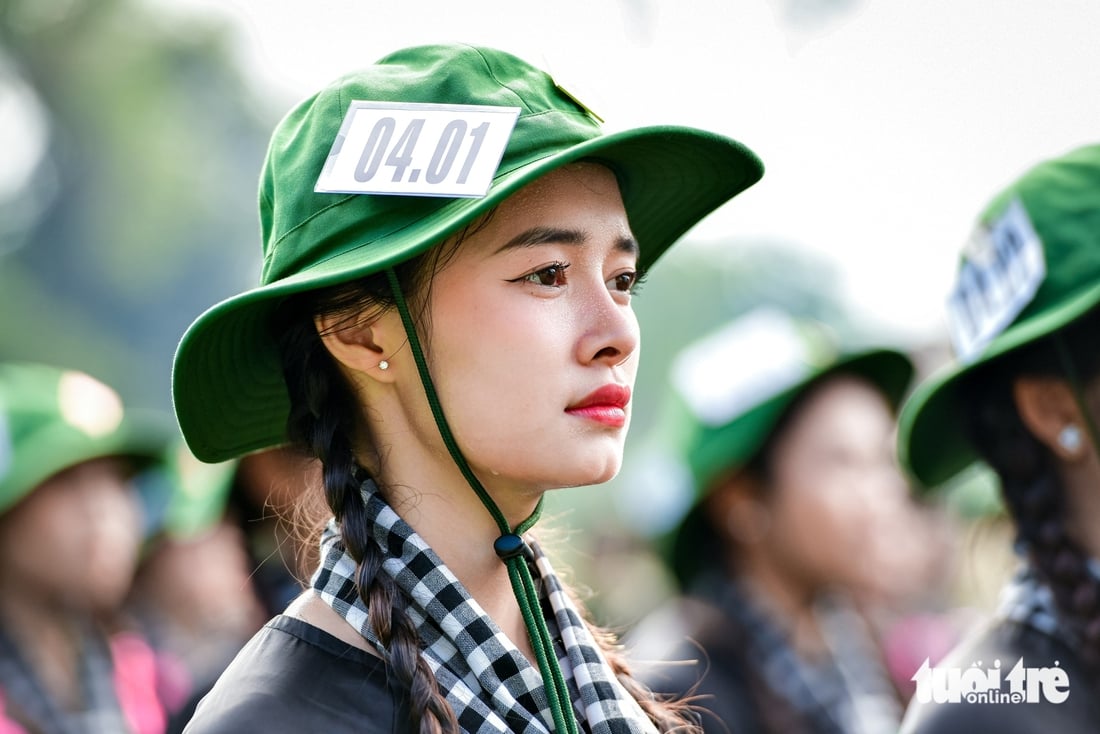
![[Photo] Special relics at the Vietnam Military History Museum associated with the heroic April 30th](https://vstatic.vietnam.vn/vietnam/resource/IMAGE/2025/4/3/a49d65b17b804e398de42bc2caba8368)
![[Photo] Moment of love: Myanmar people are moved to thank Vietnamese soldiers](https://vstatic.vietnam.vn/vietnam/resource/IMAGE/2025/4/3/9b2e07196eb14aa5aacb1bc9e067ae6f)



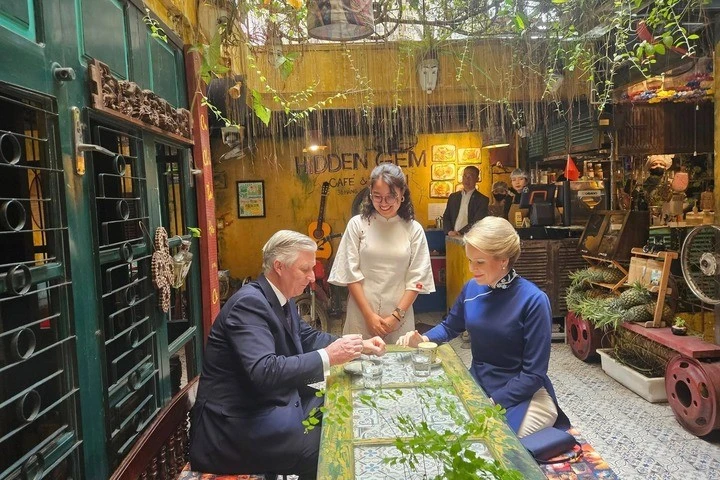


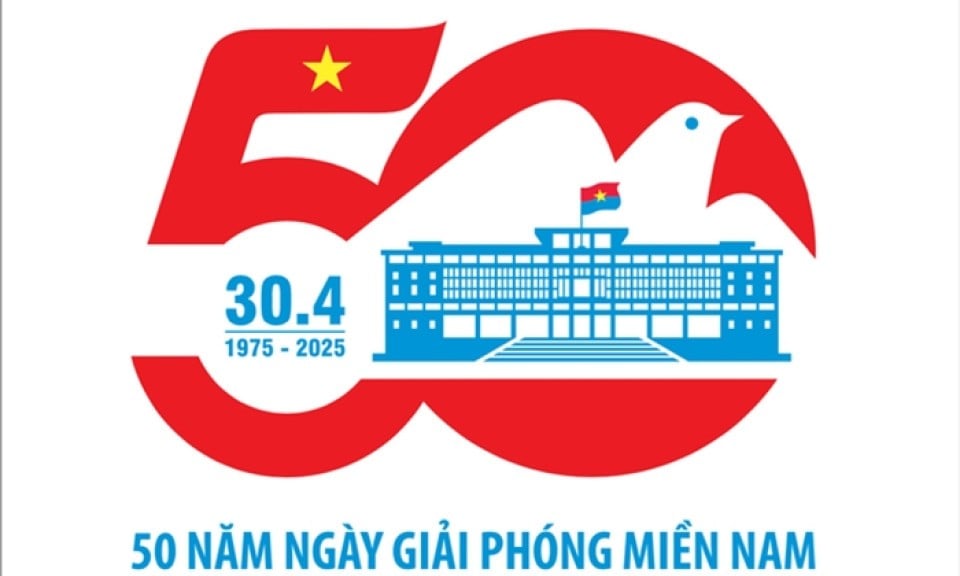





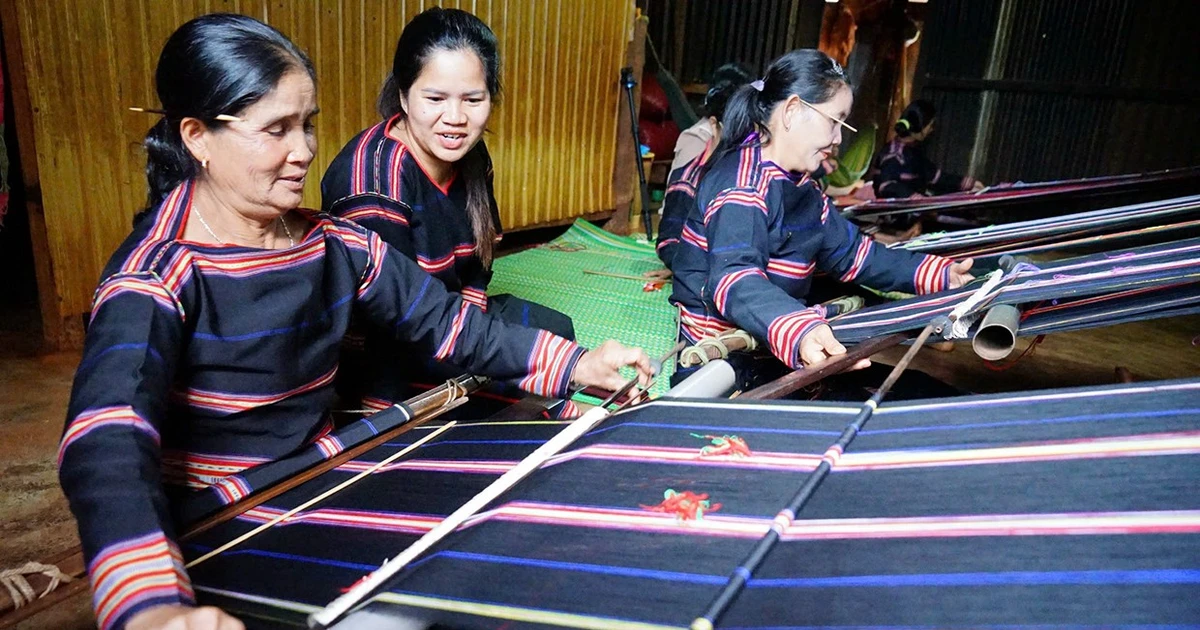
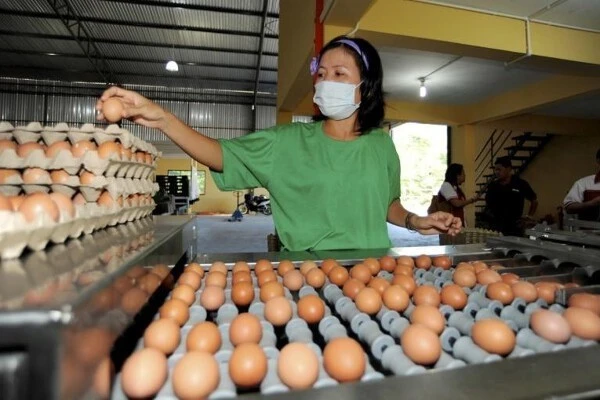
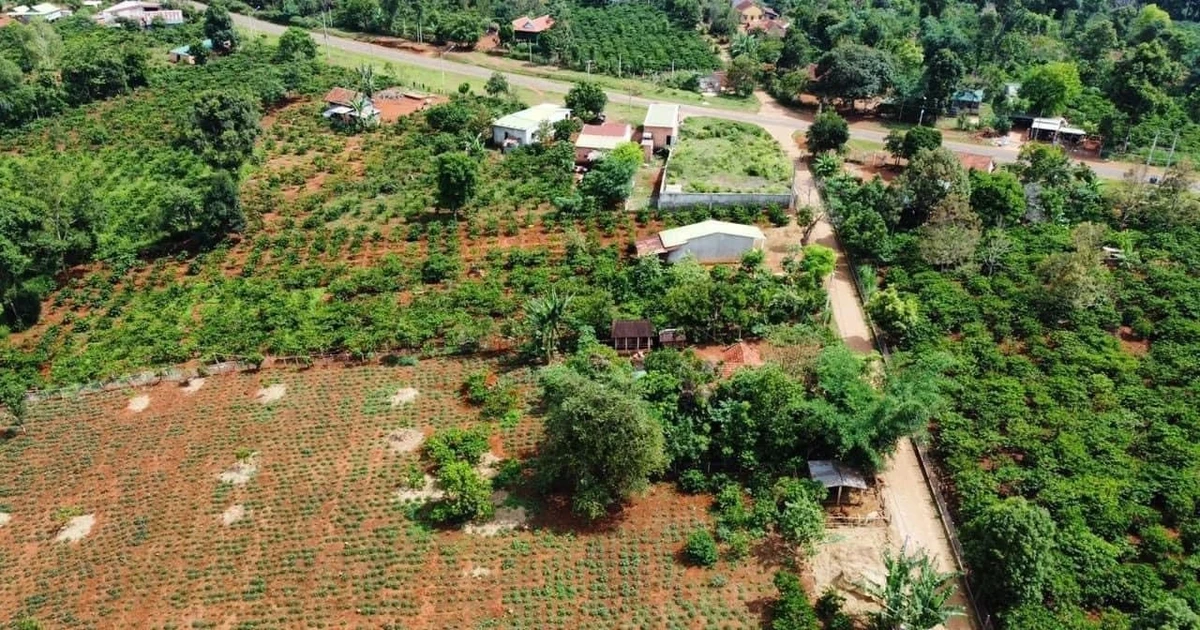

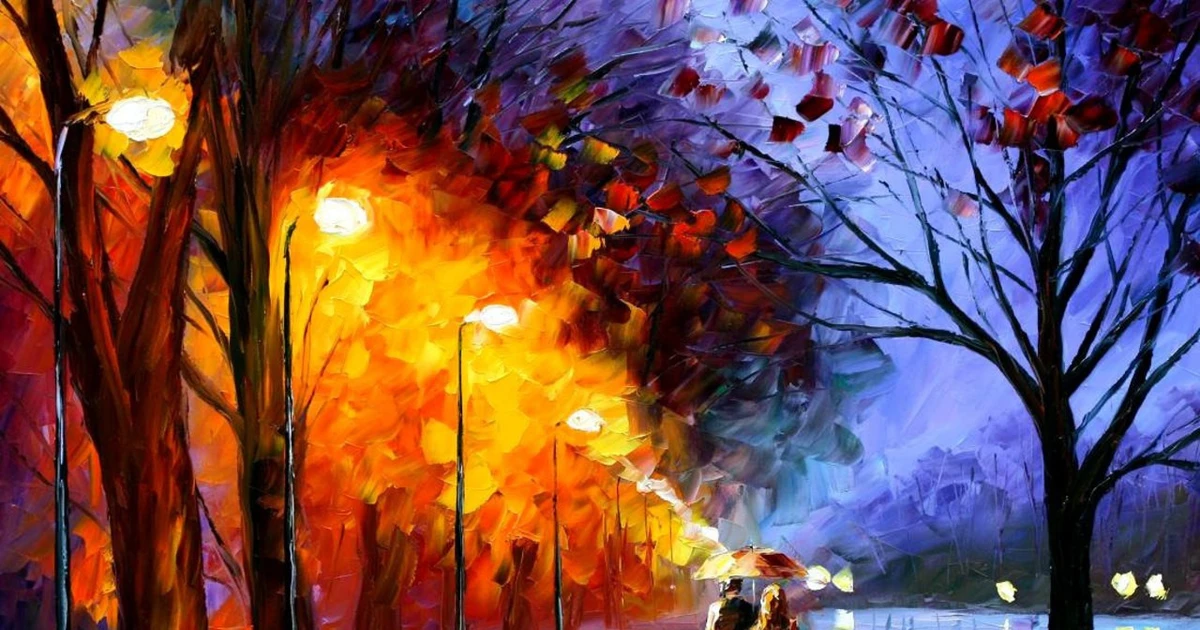






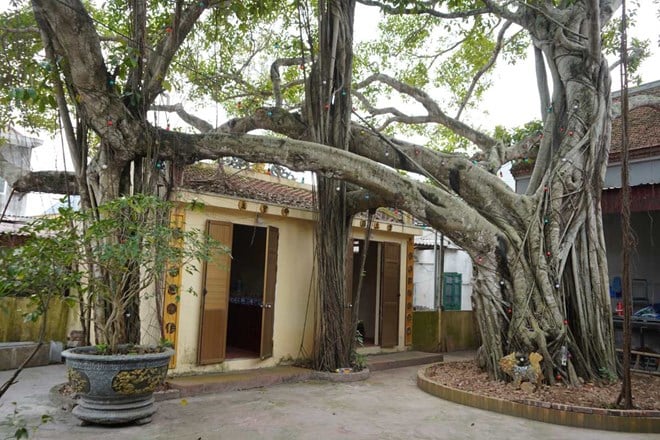

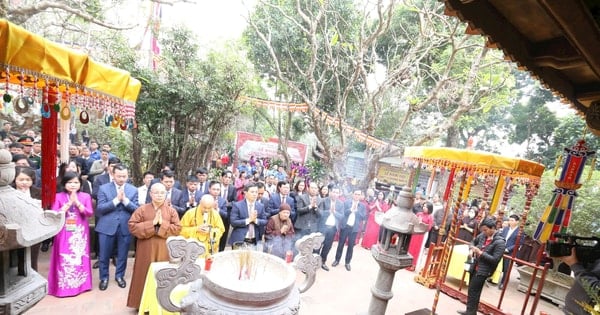

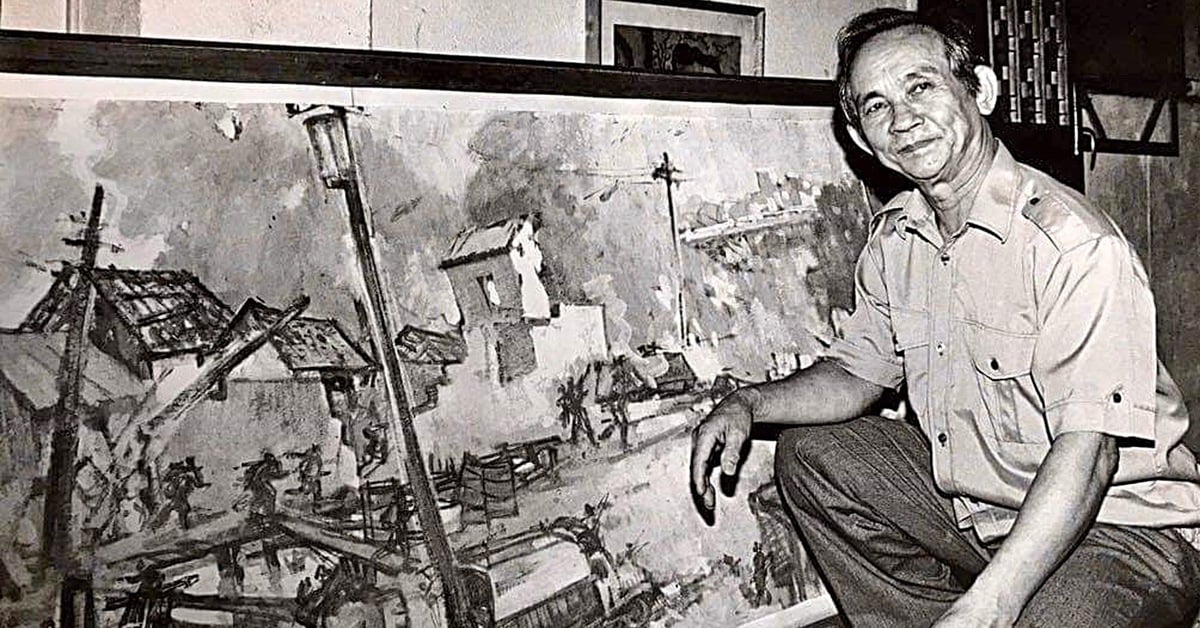



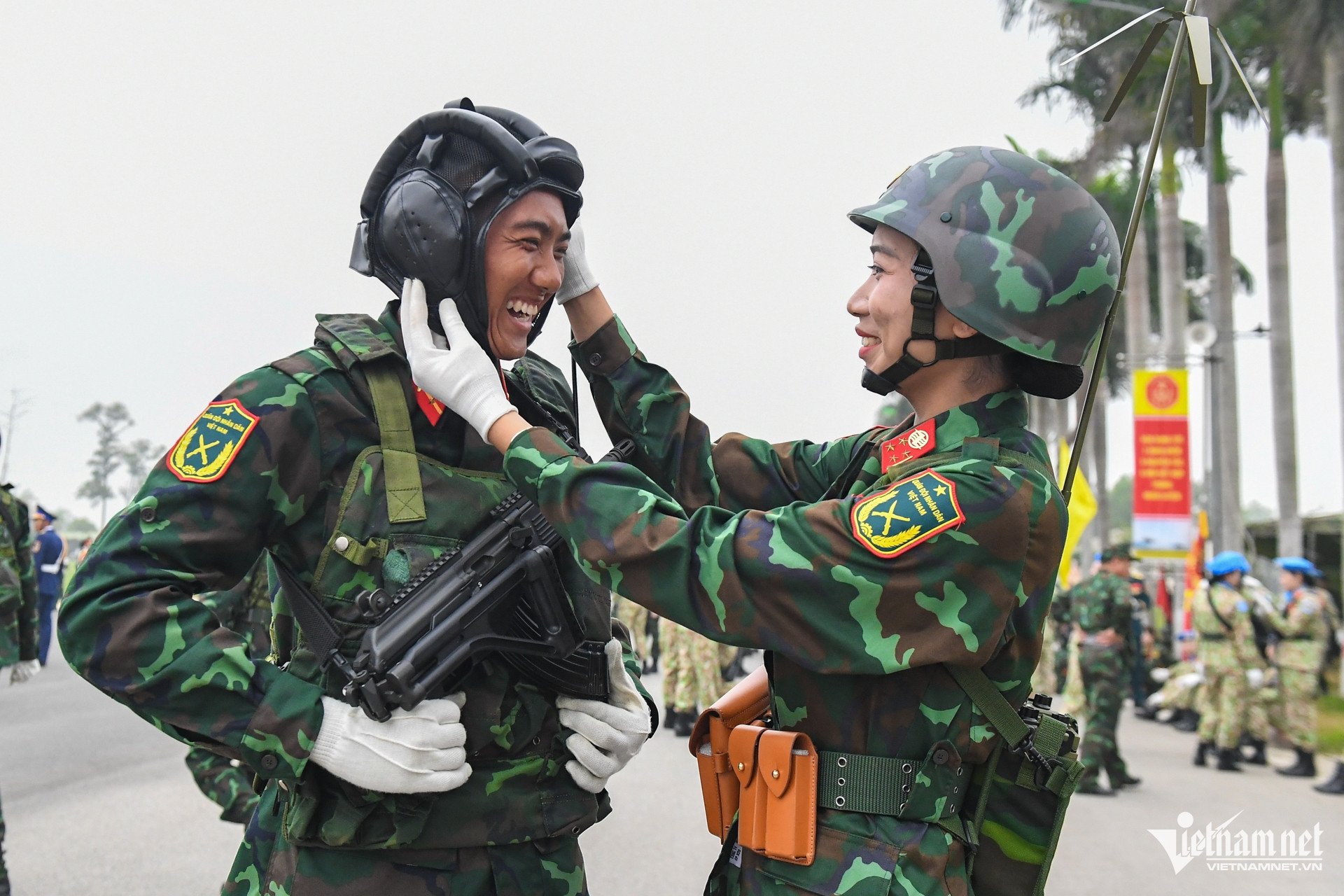

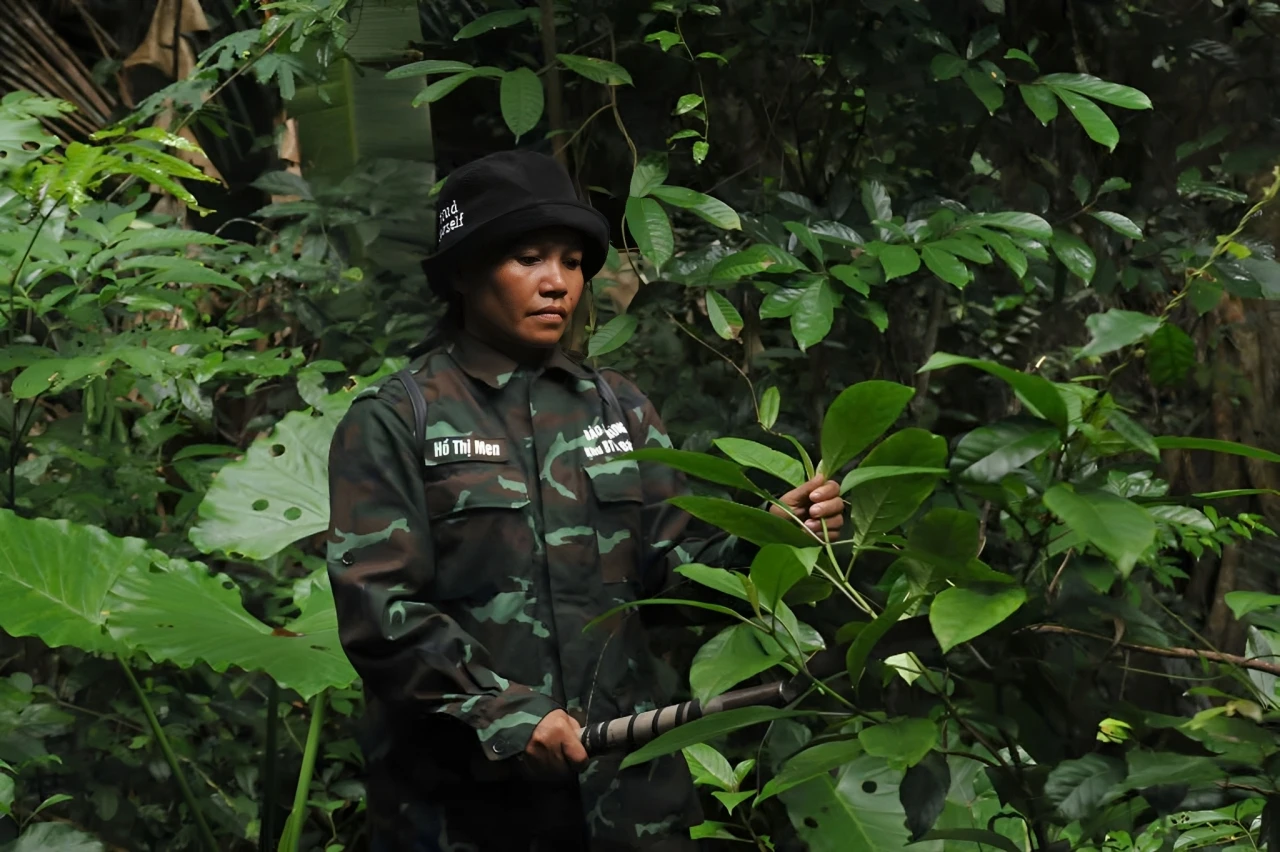

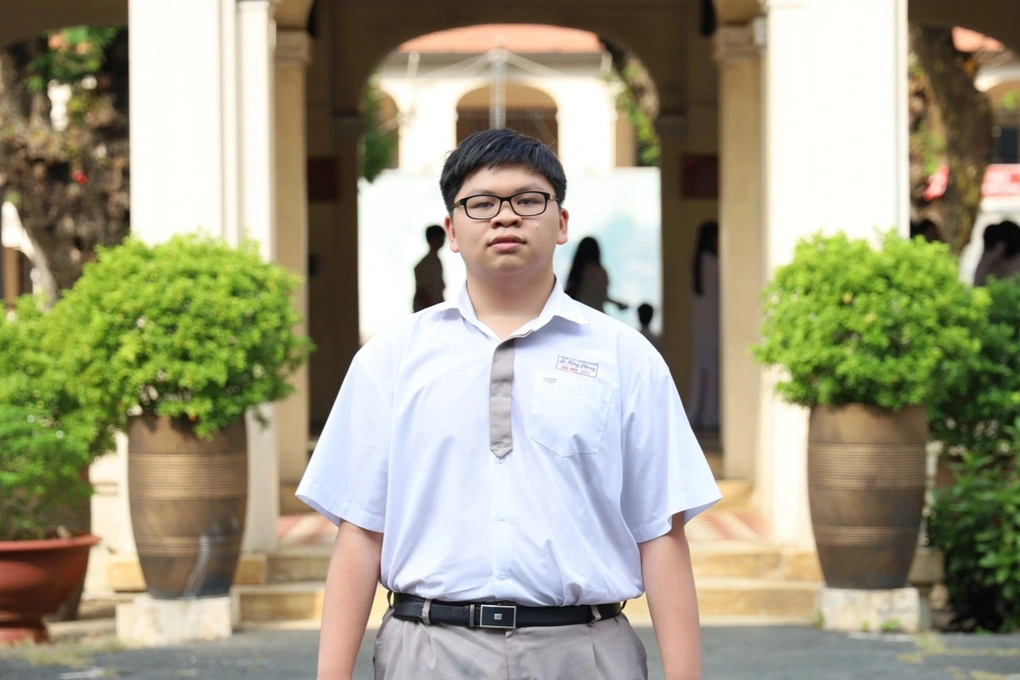









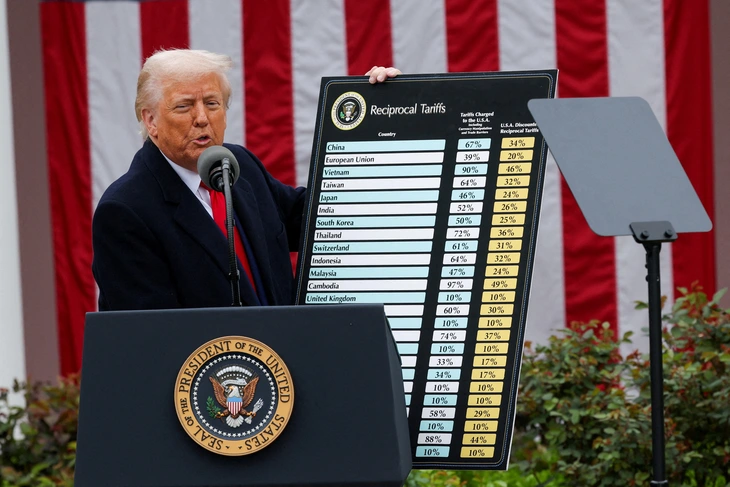
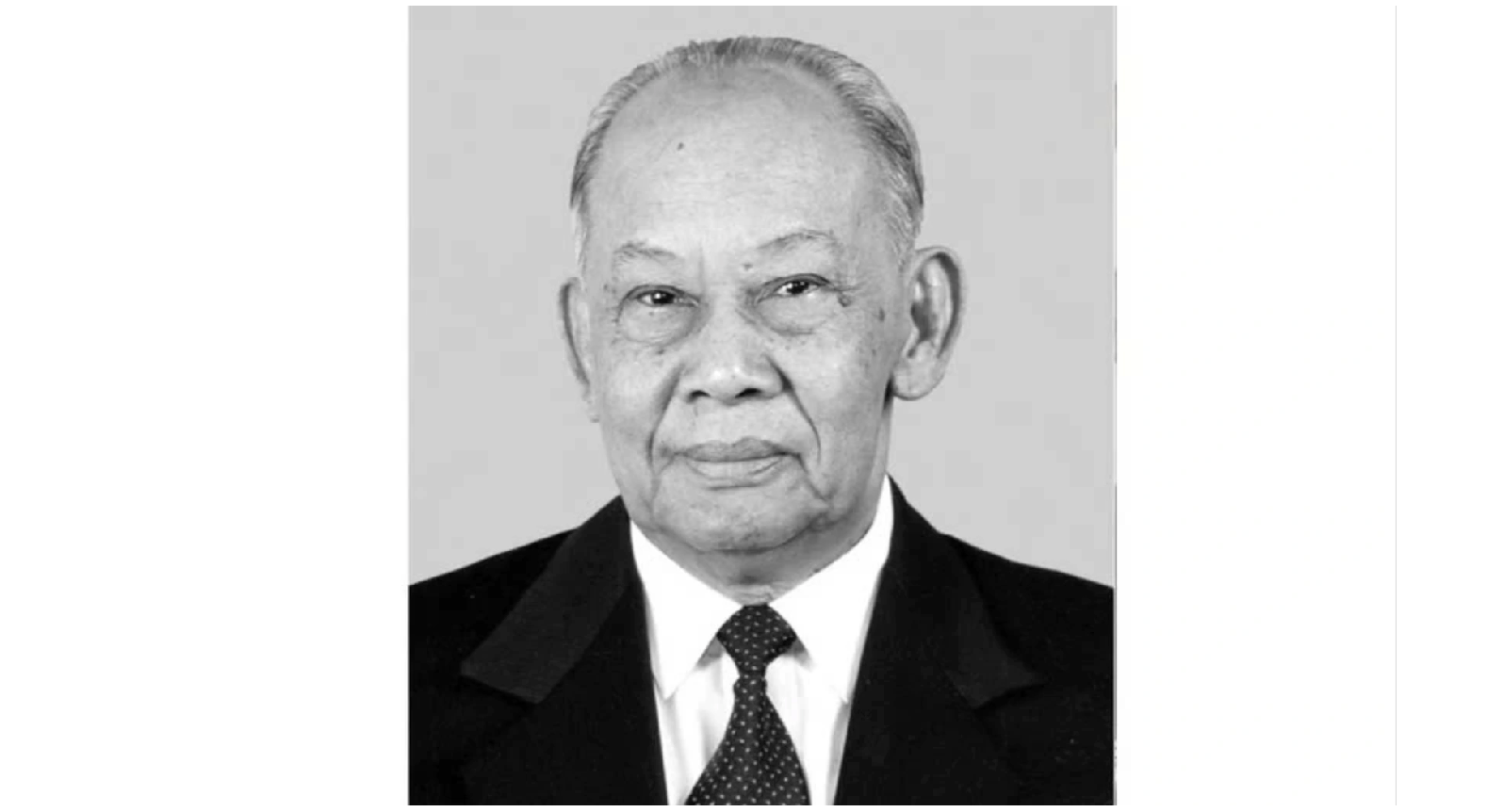




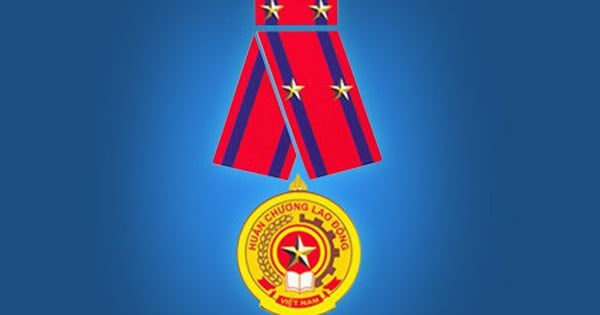



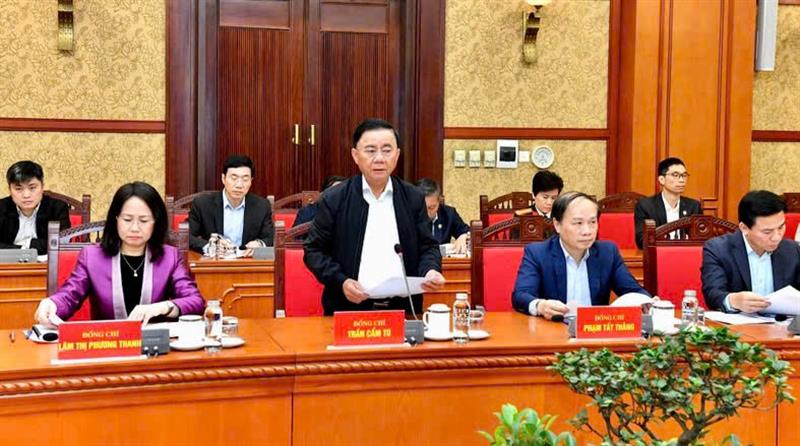


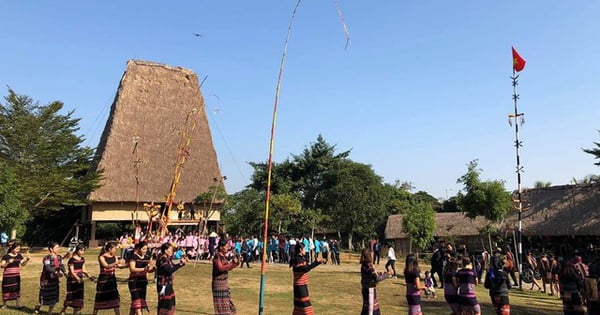

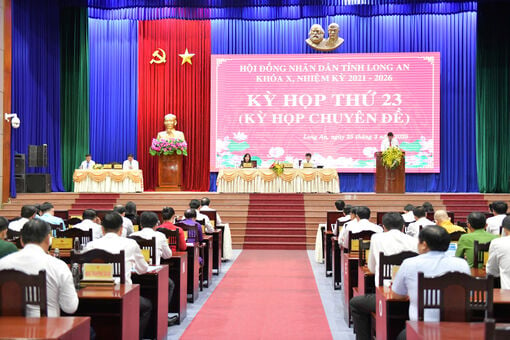
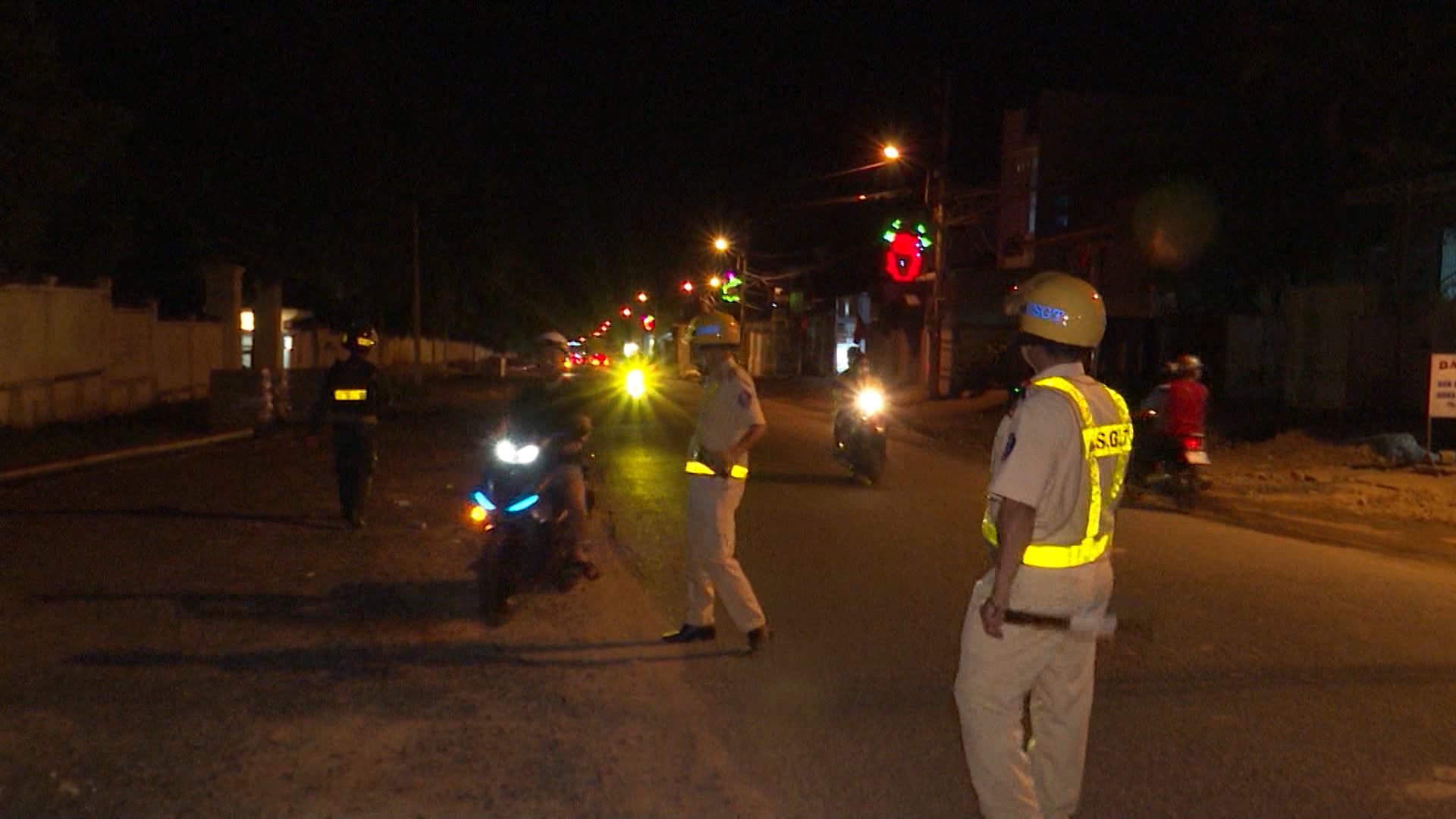

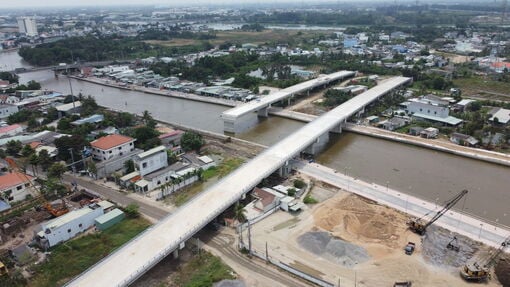
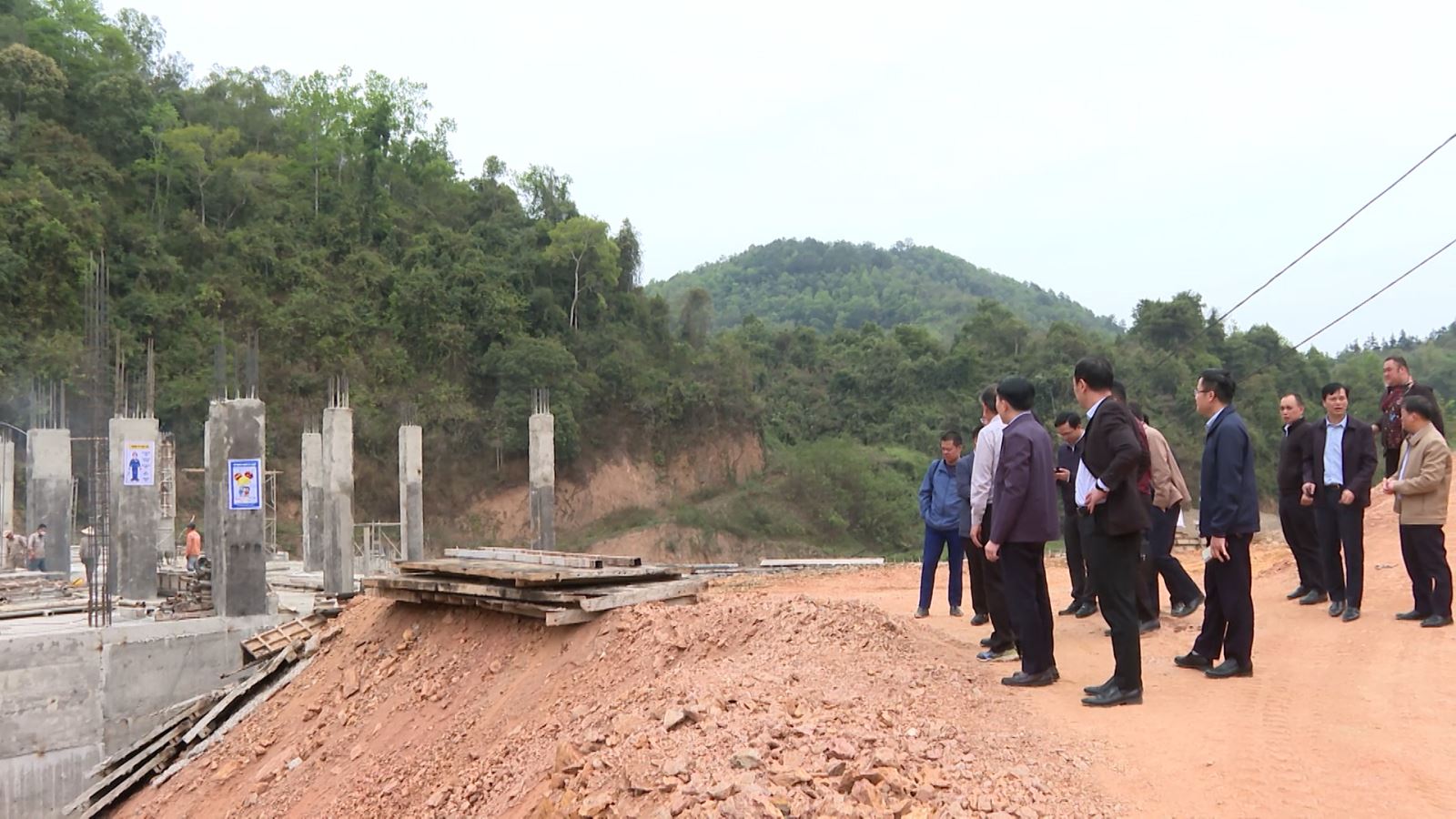













Comment (0)